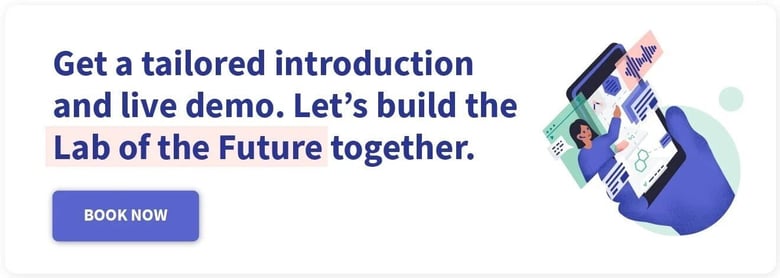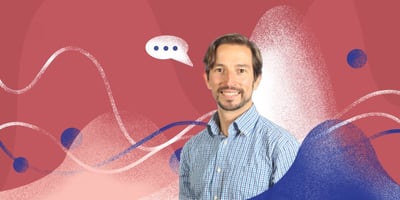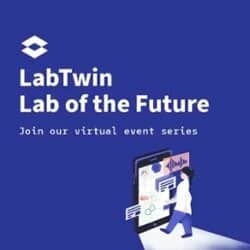Ernesto Diaz-Flores is an Assistant Adjunct Professor at UCSF where he studies novel therapeutic targets for high-risk subtypes of childhood leukemia. I sat down with him to find out what he loves about being a scientist and hear his tips for early career researchers who want to become faculty.
Why did you decide to become a scientist?
There were a series of factors that guided me to science and research. When I was a kid my grandma got sick and I wanted to learn how to cure her, that has been always my driving force to get into the biomedical field. It was, however, the death of my best friend due to leukemia when we were in high school that made me want to focus on leukemia research. Shortly after that I attended an event about career options where they talked about biochemistry and how that could integrate biology, medicine, pharmacology and chemistry as a way to investigate the challenges in science. That day I decided that this was going to be my path.
Can you tell us a little about your career path?
I got my degree in Biochemistry at the University Complutense in Madrid graduating among the top five of my class. I was selected to start my PhD when I was still in fourth year of college and four years later I graduated with summa cum laude from University Autonoma of Madrid. My work was on the activation of lymphocytes during leukemia transformation.
After I got my PhD I wanted to work on an in vivo model of leukemia. I looked at research centers from all over the globe, from Australia to South Africa, Singapore and the US. One week after sending my applications I was interviewing in four of those places and I loved the work on KRas-driven myeloid leukemias at Dr. Shannon’s laboratory at UCSF. During my time in Dr. Shannon’s lab I developed a biochemical profiling approach to study leukemic mechanisms of transformation.
I was then recruited by Dr. Loh, also at UCSF, to work on childhood lymphoid leukemia. Thanks to my work during this period I got promoted to my current position at UCSF as Assistant Adjunct Professor.
What is your research focus now?
My work focuses on identifying novel targets that could represent novel therapeutic opportunities for a subtype of high-risk childhood B cell leukemia.
Could you describe the experimental approach you use for your studies?
I use multiparametric flow cytometry to look for protein changes in leukemic cells. Our method identifies surface proteins, including cell subpopulations, and quantifies intracellular proteins that mediate cellular functions. We are looking for protein changes that could be involved in leukemogenesis.
We then use selective drugs that target the dysregulated proteins to see whether any might be therapeutic targets. Drugs that induce leukemic cell death at nanomolar concentrations with high efficacy in vitro and ex vivo are then evaluated in vivo using patient-derived xenograft models of leukemia in our laboratory.
Can you tell us anything about the drug targets you’ve found?
We identified that hypodiploid B cell leukemia overexpresses Bcl-2, an essential protein for survival, without presenting any mutations at the DNA level. This leukemia is therefore highly fit to survive, even in the context of chemotherapy. Importantly, a selective drug targeting Bcl-2 is able to induce leukemic cell death within hours of administration in mice engrafted with hypodiploid leukemia patient samples.
How did you make the jump from postdoc to Assistant Professor?
There are many factors that need to be in place to transition from postdoc to faculty. You need to prove that you are a critical thinker capable of exploiting novel avenues to solve the problems you are studying. You then need to prove that you can get independent funding for your research and that you can publish your work in scientific journals with high impact, and you need to be able to show good leadership skills to manage a successful team. Fortunately, I was able to check all those boxes and prove that I bring value that is within the mission and vision of UCSF. Anecdotally, I got the offer from UCSF the day after a big biopharma company had made me an offer. While there were some perks within the biopharma offer, I was thrilled and honored to be able to join the faculty team at UCSF.
How is being an Assistant Professor different from being a postdoc?
Quite different, for the better. I have three people in my team, two technicians (one who wants to follow the graduate school path and the other who wants to follow the medical path) and a medical fellow. While I do some of the experiments myself and I teach them the different techniques, they are the ones doing most of the work.
That allows me to focus on writing grants, papers and read about the most current advances both in research and in applied technologies. I get to set the direction of our studies and setup novel approaches for our studies. I would say, although life as a postdoc is very intense, as a faculty your duties and responsibilities are even more demanding. However, the faculty life is also very enriching and fulfilling as you are at your prime to determine and implement the studies that may bring novel advances to the scientific world.
Do you have any advice for grad students and postdocs who want to become Assistant Professors?
The biggest assets for those who want to pursue the academic path are: motivation, resilience and perseverance!
It is important to demonstrate a great knowledge of your field, both from the biology standpoint and the technology most suited to address your biological questions. It is highly recommended to master some of the newest technologies, for as complicated as they may seem, they will be great assets for any group and may help you establish several collaborations. Write your own grants with the goal of obtaining major funding as early as possible. Last but not least, aim for a medium to high impact journal publication. All those factors will help you advance in your career.
What are some of the best things about living in San Francisco?
San Francisco has a lot of charm and a lot to offer. One of the biggest appeals is the amount of knowledge enclosed in this medium-sized city. UCSF has an incredible community of doctors, scientists and staff that, together with the broad scope of resources, makes it a wonderful environment for science.
What are some of the best things about being a scientist?
I love being a scientist. It is one of those careers in which your ideas can make an impact that may save lives. You can stand on the shoulder of giants and use your knowledge and creative thinking to bring a new perspective that may crack the scientific code and open novel opportunities for medicine.
What are your biggest challenges as a scientist?
Time! As a scientist, especially as you move up in your career and your responsibilities multiply, you need to be on top of the latest advances, attend meetings, workshops, plan and implement your experiments, manage and train your people and there is just not enough hours in a day for all the things you want to do. Managing your time is a continuous challenge no matter how good you are at it.
How do you think tools like LabTwin will change research?
LabTwin is a research tool we all, as scientists, can greatly benefit from. We are at an era in which technology is at our fingertips, and having a tool like LabTwin that allows integration of multiple functionalities within a laboratory annotation system greatly simplifies our research workflow. I am convinced LabTwin will change research.










